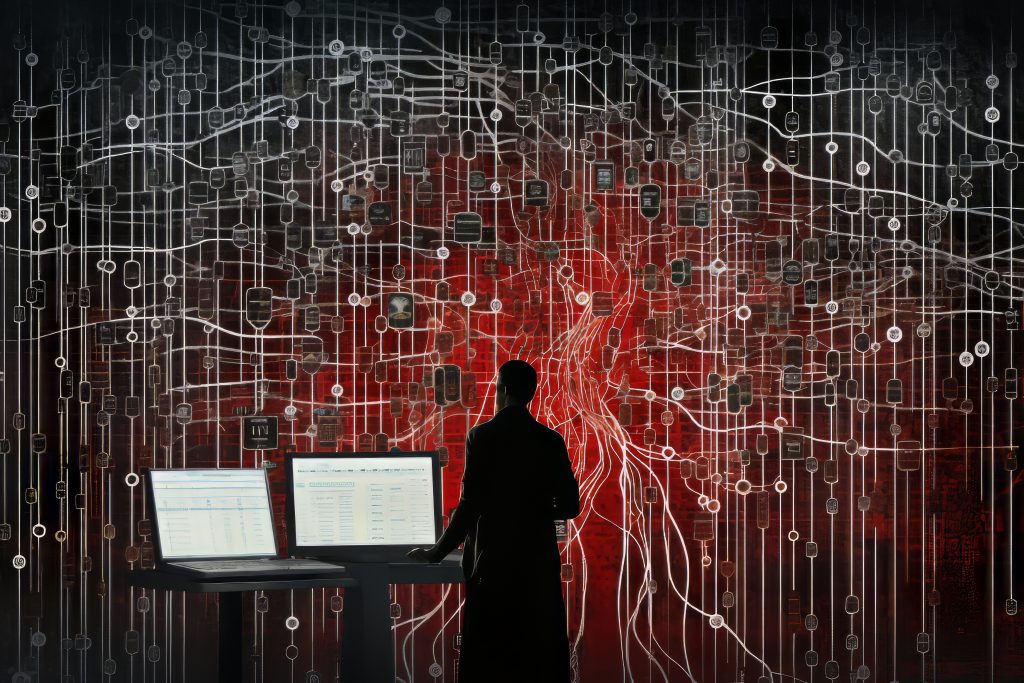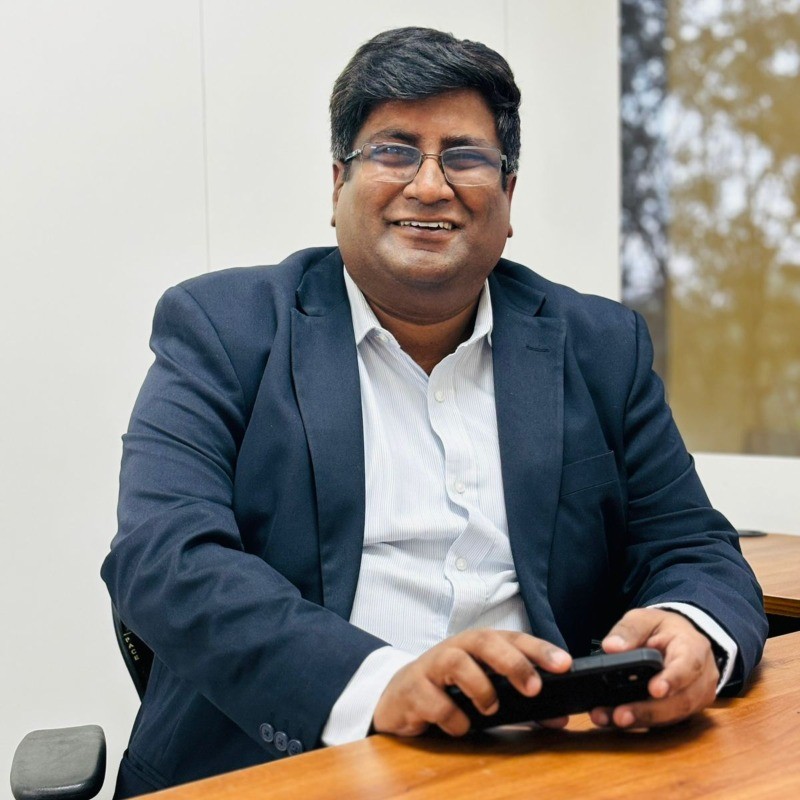Dr. Ram Kumar G, Cyber Security & Risk Leader, Global Automotive Major, focuses on a holistic security strategy encompassing security by design, zero trust, and defense in depth, alongside robust governance, risk, and compliance frameworks, offering a blueprint for organizations striving to enhance their cybersecurity posture.

In the fast-evolving world of cybersecurity, the pace at which threats develop demands equally dynamic defenses. Dr. Ram Kumar G, Cyber Security & Risk Leader, Global Automotive Major, recently addressed this imperative during a webinar hosted by the CISO Forum. With over two decades of expertise and leadership in the cybersecurity realm, Dr. Kumar provided a rich, detailed exposition of contemporary cybersecurity challenges and strategic responses. His discourse, grounded in substantial experience across multinational environments, shed light on the multifaceted approach required to safeguard organizations in today’s digital age.
This webinar comes at a critical time when data breaches and cyber threats have become more frequent and sophisticated, underscoring the vulnerability of digital infrastructures worldwide—including those in India, despite concerted efforts to fortify them. Dr. Kumar’s insights into integrating security best practices across people, processes, and technology are not just timely; they are essential. The discussion delves deeper into these themes, unpacking the crucial takeaways from Dr. Kumar’s comprehensive presentation and highlighting their implications for the broader cybersecurity landscape.

Dr. Ram Kumar G, Cyber Security & Risk Leader, Global Automotive Major
The evolving threat landscape
Dr. Kumar began by acknowledging the increasingly sophisticated and organized nature of cyber attackers. He highlighted that despite advancements in cybersecurity tools and technologies, significant data breaches and security incidents continue to occur, affecting organizations worldwide, including India. This underscores the necessity for a robust cybersecurity strategy that is agile and responsive to these evolving threats.
Best practices for cybersecurity
A major focus of the session was on implementing cybersecurity best practices across three key dimensions: people, processes, and technology. Dr. Kumar emphasized the importance of a holistic approach, which includes security by design, zero trust frameworks, and defense-in-depth strategies.
He pointed out the necessity of integrating security considerations early in the software development life cycle (SDLC), advocating for “secure by design” principles that ensure security measures are embedded at the requirement-gathering stage of software development. Dr. Kumar elaborated:
“Security by design is crucial—it ensures that we address potential security issues right at the stage when requirements are being gathered, significantly reducing risks downstream.”
Governance, Risk, and Compliance (GRC)
Dr. Kumar extensively discussed the importance of effective governance, risk management, and compliance programs. He described these elements as the backbone of a secure organizational framework, helping businesses align their cybersecurity strategies with their business objectives and regulatory requirements. By establishing a robust GRC framework, organizations can ensure that their cybersecurity measures are not only compliant with the latest regulations but are also effective in mitigating potential risks. He noted:
“An effective GRC framework isn’t just about compliance—it’s about integrating security into every facet of the organization, ensuring it’s both proactive and reactive to the changing threat landscape.”
Cyber resilience
One of the key aspects Dr. Kumar focused on was cyber resilience—the ability of an organization to prepare for, respond to, and recover from cyberattacks. He stressed that businesses must adopt comprehensive risk management practices and develop incident response plans that allow them to quickly recover from disruptions. This resilience is vital in maintaining operational continuity and safeguarding sensitive data against cyber threats.
Emerging technologies and threats
The speaker also touched upon the implications of emerging technologies such as artificial intelligence (AI) and the Internet of Things (IoT) on cybersecurity. He pointed out the dual-edged nature of these technologies, offering tremendous benefits but also introducing new vulnerabilities. For instance, AI can be utilized to enhance security measures but can also be exploited by cybercriminals to develop more sophisticated attacks.
Cultural shifts in cybersecurity
Dr. Kumar concluded by emphasizing the significance of fostering a strong security culture within organizations. He advocated for ongoing security awareness training that is engaging and relevant to all employees, helping them understand the importance of cybersecurity and their role in maintaining it. He stressed:
“The real cybersecurity battle is fought on the human front. We need to cultivate a culture where every employee is aware and invested in our security posture.”
As organizations continue to face complex cyber threats, the knowledge shared in the webinar will undoubtedly be instrumental in shaping more resilient cybersecurity frameworks.
By implementing the discussed best practices and fostering a culture of continuous learning and adaptability, businesses can not only defend against current cyber threats but also prepare for future challenges in the cybersecurity landscape.
Image Source: Freepik
